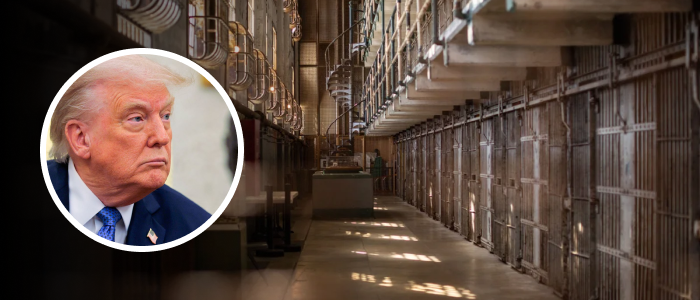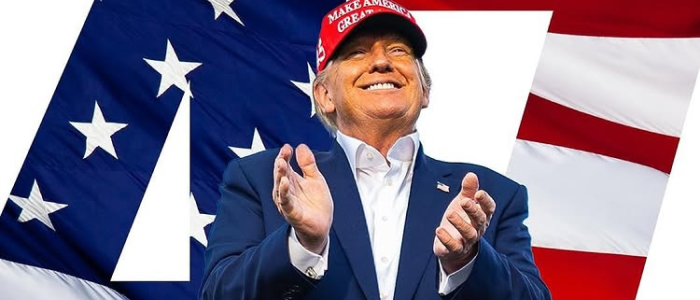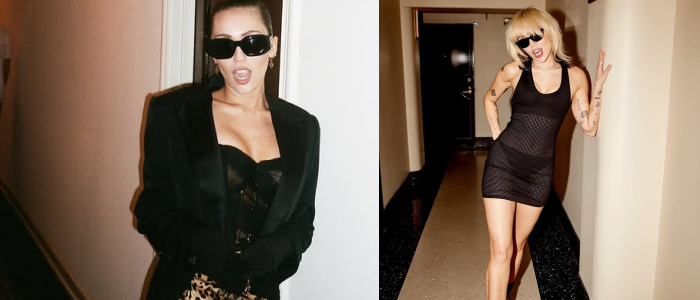Fan art inspired by Studio Ghibli anime is nothing new, as the works of director Hayao Miyazaki and his cohorts have been inspiring artistic types for pretty much as long as the studio has existed. If you’ve spent much time online in the past few weeks, though, you might have be experienced a spike in the amount of Ghibli-evocative illustrations you’ve been seeing, due to an update to AI chatbot ChatGPT that allows it to not only generate images from text prompts, but also to generate images that ape a requested artist or artistic style. That’s led to a surge in users requesting “Ghibli style” AI-generated images and posting the results online.
AI-generated images are already a highly divisive topic, with detractors asserting that removing the human element from the creative process disqualifies the pictures produced from being actual art. Add in the deep reverence for Studio Ghibli among not just anime fans, but the broader animation enthusiast community as well, plus the studio’s well-known commitment to continuing traditional artistic methods and Ghibli’s status as a point of pride for Japan as a whole, and the idea of AI trying to copy Ghibli aesthetics becomes an even more fiery debate. The latest space for such discussion is within the Japanese government itself.

In a House of Representatives Cabinet Committee meeting on April 16, Masato Imai, a representative for Gifu Prefecture’s 4th district and member of the Constitutional Democratic Party, broached the Ghibli AI image subject with Hirohiko Nakahara, the Ministry of Education, Culture, Sports, Science and Technology’s Director-General for Education, Culture, Sports, Science and Technology Strategy. “There has been discussion of whether the so-called ‘Ghiblification,’ making AI-generated images in the Ghibli style, constitutes copyright violation. Under the current interpretation of the law, just how legal is it?” “Ultimately, that is something for courts to decide,” Nakahara answered.
But while that judgement might be out of his hands, he did offer his take on the matter, saying that “If it is only a matter of the style or ideas being similar, then it would not be considered copyright infringement,” explaining that copyright law does not protect styles and ideas that do not qualify as creative expression. ▼ These are all actual Studio Ghibli screencaps, by the way, not AI-generated. However, Nakahara also said that “If AI-generated content is determined to be similar to or reliant on preexisting copyrighted works, then there is a possibility that it could constitute copyright infringement.
” “So the use of styles and ideas is legal, but if [an AI-generated image] were recognized as being ‘Ghibli itself,’ then that would be a violation of law,” Imai then replied, summarizing his understanding of the situation. Establishing that an image constitutes “Ghibli itself,” though, would likely be a difficult task, especially for the studio’s character designs, which is where the comparison wound need to be made for AI-generated images of people. Stretching back to "Nausicaa of the Valley of the Wind," Ghibli has actually used 15 different character designers for its films.
Hayao Miyazaki himself shared the character designer credits for "Nausica" and "Laputa" with Kazuo Komatsubara and Tsukana Tannai, respectively, but hasn’t been credited with character designs since. Only one artist has three character design credits for Ghibli films (Akihiko Yamashita, for "Howl’s Moving Castle," "Tales from Earthsea" and "Arrietty") and aside from Miyazaki and Yamashita, no other artist has served as character designer for two Ghibli anime in a row. While the presence of so many artists contributing to a recognizable aesthetic could be considered as having created images that define “Ghibi itself,” it also leaves the door open to the argument that so-called “Ghibli art” is, legally speaking, a style, and not a specific definable, copyrightable entity.
Yamashita himself, for example, designed the characters for Studio Ponoc’s 2017 "Mary and The Witch’s Flower" anime movie, which was made independently from Ghibli. Mary’s characters do bear similarities to those in "Howl," "Earthsea" and "Arrietty," but does that mean they’re “Ghibli-style,” or simply “Yamashita-style?” Then there’s the presence of Ghibli anime such as "The Tale of the Princess Kaguya," which doesn’t match at all the “Ghibli style” that people think of when imagining "Spirited Away" or "My Neighbor Totoro." ▼ Giving AI a “Ghibli art” prompt probably won’t return something like this.
Legally, it does feel like sort of a catch-22 in terms of bringing legal sanctions against the creation of Ghibli-style AI-generated art. It’s difficult to pin down an exact definition of what kind of images qualify as “Ghibli itself” since the studio’s style is, in fact, an amalgamation of many artists sharing certain overall design sensibilities. If AI generates an image that resembles the protagonist of "Howl’s Moving Castle," it’s hard to say that the image is “Ghibli itself” without defined parameters, but it’s also hard to say that it’s copying Yamashita’s work if the image is also incorporating styling cues from other artists who have served as Ghibli charter designers.
So for the time being, at least, there’s no legal challenge coming from the Japanese government to stop ChatGPT from spitting out “Ghibli-style” images, leaving Ghibli fans opposed to them few options other than refraining from engaging with them and supporting human-made artwork instead. Oh, and it’s also worth remembering that while the cops in Japan won’t come knocking on your door for making AI Ghibli images, trying to sell them in Japan is probably a bad idea. Source: Sankei Shimbun via Otakomu Images: Studio Ghibli Read more stories from SoraNews24.
-- Japanese court gives seller of modified Nintendo Switch systems suspended two-year prison sentence -- First-ever arrest made related to AI-generated porn in Japan -- Evangelion singer cancels appearance at anime orchestra concert over use of AI-generated artwork.
Politics

Can Japanese government make AI-generated Ghibli images illegal?

Fan art inspired by Studio Ghibli anime is nothing new, as the works of director Hayao Miyazaki and his cohorts have been inspiring artistic types for pretty much as long...















